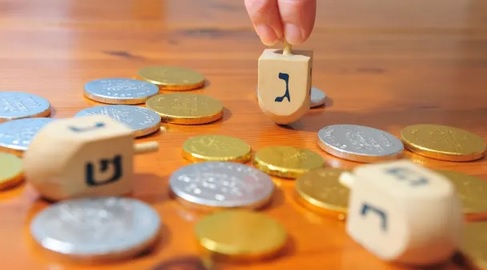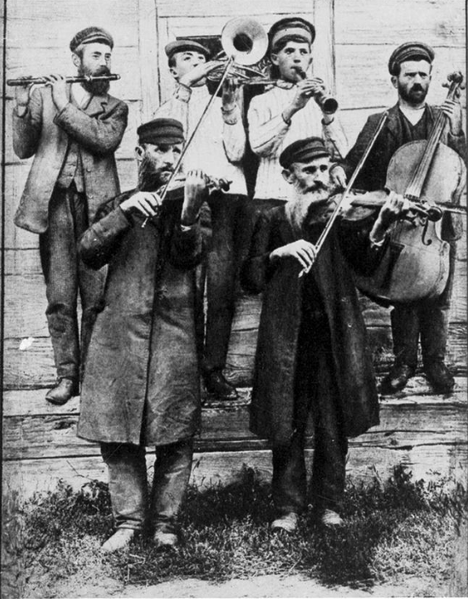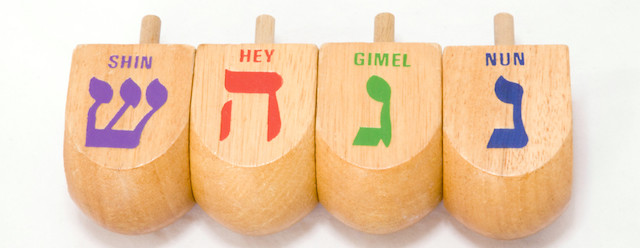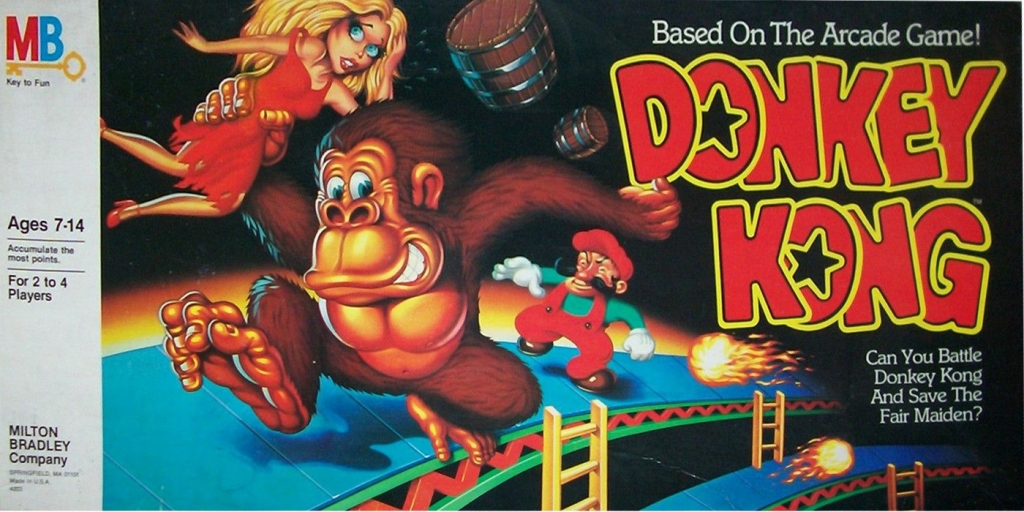Board Games Retro: The History of Hanukkah’s Dreidel
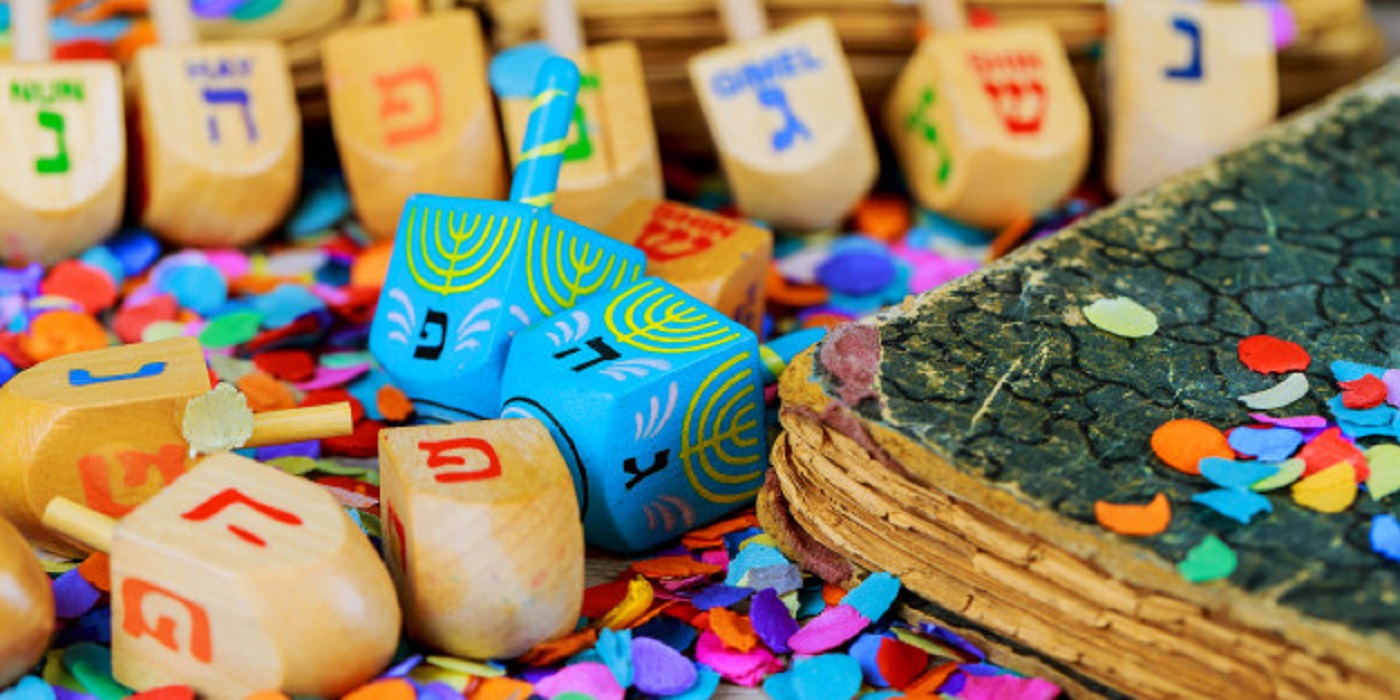
No gelt, no glory! Okay, maybe not a board game, and definitely abusing the definition of ‘retro’, but whatever. It’s the Festival of Lights!
Happy holidays, friends! It’s Hanukkah! As someone who was raised Jewish and currently living in Texas (there’s not a lot of Jews here), I often find myself explaining the details of our wacky holidays. Protip: Check out Purim. It’s the world’s greatest holiday, hands down.
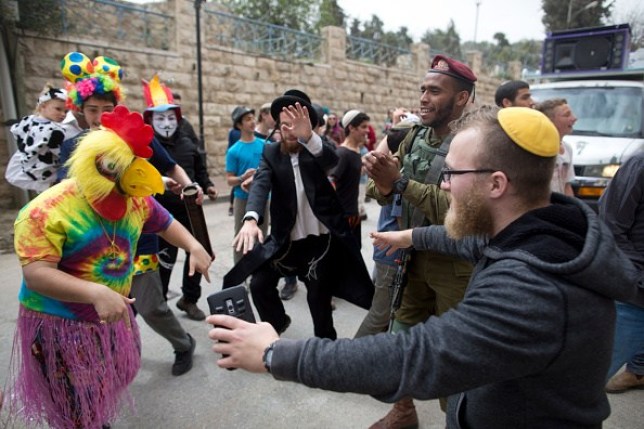 A Reenactment of Mordecai Celebrating His Victory over Haman
A Reenactment of Mordecai Celebrating His Victory over Haman
While Hanukkah has a lot going on, in terms of religious and cultural significance, thanks mostly in part to Adam Sandler, I don’t care about any of that right now. What I care about today is the mainstay game of the holiday: Dreidel.
What is it? Where did it come from? Is there a competitive league? The answers to these questions (A top for gambling, Babylon, Yes) and more here on BoLS Board Game Retro! Cue the theme music!
A Little Bit Of History
Depending on who you ask, Dreidel has several origin stories, some more grounded, some more fanciful. Here’s a mishmash of all of them, presented as fact.
In case you’re unaware, a dreidel is a spinning top with 4 sides used for gambling. People in Babylonian times would play a similar top-spinning game, using images of Ishtar and Ninurta to signify winning and losing. From there, the game made its way to India and finally Eastern Europe.
When it got to Europe, the top was called a teetotum, which according to the Oxford English Dictionary, dates back to Greek and Roman times, where it gains its connection to Hanukkah. In ancient Greece, the study of the Torah was outlawed. So Jews would teach each other the Torah while playing. If any Greek soldiers came wandering by, they’d find only perfectly legal street gambling.
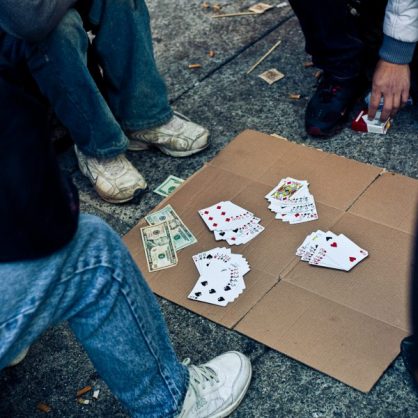 “No, Officer. This is bible studies.”
“No, Officer. This is bible studies.”
As time passed, the game spread and the top itself would be influenced by its environment. In Rome, the Latin letters on the top would read A for aufer (take away); D for depone deposit), N for nihil (nothing) and T for totum (total).
By the time the game reached England in the 16th century, the letters were changed to T (take all), H (half), P (put in), and N (nothing). And finally in Germany, G for gantz (all), H for halb (half), N for nicht (nothing) and S for stell ein (put in). Which is where the Jewish people caught wind of the game and adopted it as their own. The letters now read G became gimelג (all), H became hey ה (half), N became nun נ (nothing), and S became shin שׁ (put in). Unless you get yourself an Israeli dreidel which replaces Shin with pe פ .
This is because a lot of people now translate the letters on the dreidel to read “A Great Miracle Happened There”, in reference to the Maccabees’ victory over the Syrian army in 165 BCE – and where a holy lamp burned for eight days using a one-day supply of oil. For Israeli dreidels, “There” is replaced with “Here”, and that’s the story of Hanukkah! Also, the word dreidel comes from the German word drehen, meaning “to spin”.
Gameplay
Each player needs some gelt, chocolate coins covered in gold foil. Begin the round with each player putting 1 piece of gelt into the pot.
The first player spins the dreidel and depending on how it lands, they do different things:
- Nun: Nothing happens.
- Shin: Put in 1 coin
- Hey: Take half the pot
- Gimel: Take the whole pot
Once one player has all the coins, game over and they win!
Final Thoughts
Dreidel’s a very bad game. Gimel is super overpowered and Shin could seriously use a buff.
Thanks for reading!
חג שמח

